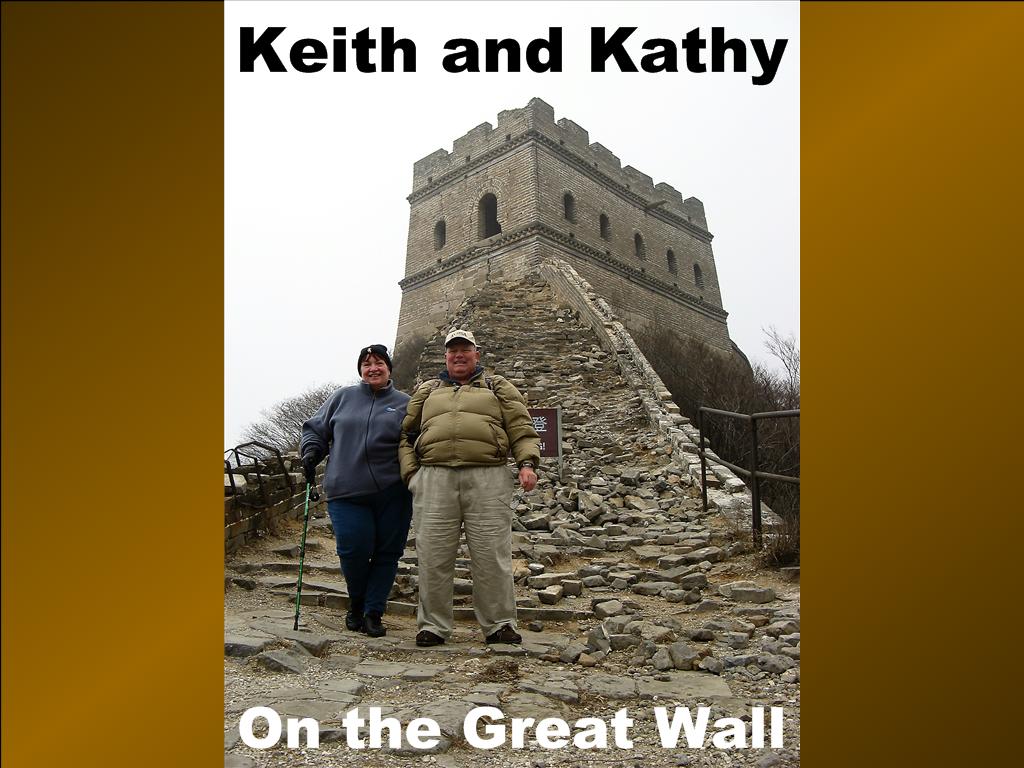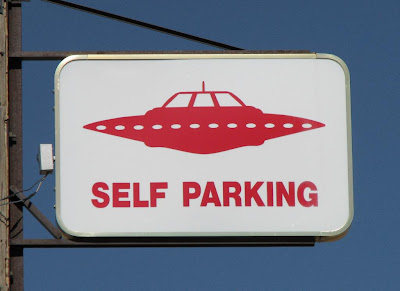
Where in the World are Keith and Kathy?
We apologize in advance for the length of this post. It was so difficult to select less than two dozen pix which would fairly represent the diversity of breathtaking scenes, without overkill. We hope our selections please.
In a previous post, we touched briefly on the subject of basin and range geology. This post is about Death Valley, which is the quintessential example of basin and range. Death valley is a large basin, about 150 miles long and ranging from 10 to 60 miles wide. It is bordered on the east by the Grapevine, Funeral, and Amargosa mountain ranges, and on the west by the Panamint Mountains. Descending into the valley from Pahrump, the road passes Zabriskie point, which offers an overview of the valley.

Death Valley and the Panamint Range, Viewed from Zabriskie Point

Eroded Rock Formations

Adventurous Hiker With Chinese Walking Stick

Roadside Unconformity

Into the Valley
And now for a bit of geology. Imagine stretching pizza dough, which has been stretched, hardened, and craze cracked. As the hardened dough stretches, the fragments move apart and tilt, leaving valleys of dough with ridges of tilted blocks. Through most of Nevada, this “dough” mix is uplifted, so that the valleys are several thousand feet above sea level. In eastern California, the stretching has reached it’s extreme, and the valleys are much lower. In fact, the lowest point in the western hemisphere, almost 300 ft. below sea level, is at a site named Badwater, at the western edge of the Amargosa range in Death Valley. Telescope peak, 11, 049 ft., is about 20 miles west of this salt-saturated low point. The juxtaposition of these two geographic extremes provides an impressive vista.

The Road to Badwater

Badwater Basin - 282 Feet Below Sea Level

Telescope Peak Looms Over Badwater

Pointing Up To Sea Level

Signpost Seen in Above Photo
But Death Valley is not just about geographic extremes. Another Death Valley extreme is very low rainfall. With such little water, vegetation is sparse, and all the geologic features stand starkly in the brilliant southwestern sunshine. The severely eroded, marbled mountainsides exhibit a splendid palate of browns and blacks, blended in places with greens and yellows to form a true artist’s palate, as viewed along Artist’s Drive.

Artist's Palate
The sere desert in Death Valley is punctuated with the occasional oasis, such as at Furnace Creek and Scotty’s Castle. The castle was built by a 19th century prospector and entrepreneur named Scotty.

Scotty's Castle
Furnace Creek is the focus of early 20th century borax mining activity. It also is the site of the Furnace Creek Inn, where we enjoyed lunch. Good food (3-1/2 COWS), but pricey. Lunch for two $50, with wine. Sunset Campground is also located at Furnace Creek.

Twenty Mule Team Wagon Display

Sunset Campground

Sunset at Sunset Campground
Near Scotty’s Castle is perhaps the most impressive feature of the area, Ubehebe Crater. Ubehebe is a volcanic crater formed about 2000 years ago by the explosion of water superheated to steam by underground magma. The colorful steep sided crater is about 500 ft. deep, and is surrounded by miles of cinder piles. 
Uhehebe Crater Rim

Uhehebe Crater

Volcanic Ash Spewed From Uhehebe Crater

Parental Supervision Required
Another characteristic of Death Valley is the extreme heat, reaching highs in the range of 110 to 120 degrees or more in the summer. Keith thought the temperatures would be more moderate in March, but the thermometer hit 98 degrees the afternoon we arrived. We started the generator and cooled off in the air conditioned comfort of our motor coach, but with gas at $4.45/gallon at the nearby Furnace Creek filling station, Keith couldn’t help thinking about the cost of the gasoline to run the generator.

Sticker Shock
Keith can still recall crossing Death Valley in July, 1965, in his father’s borrowed 1959 Chevy with 4-60 air conditioning (that’s 4 windows down rolling at 60 mph.). As he climbed out of the valley westbound over the Panamints, the motor started to overheat. To keep it from boiling over, Keith turned on the heater full blast to reject more heat from the cooling system. He made it over the pass, but the right seat passenger boiled over at the summit.
For our next trick, we will haul our 9+ tons of motor coach and car up this same grade. With temperatures only in the low nineties, we hope we make it without boiling over, and without the need to turn on the heater!
Wish us luck…
 Where in the World are Keith and Kathy?
Where in the World are Keith and Kathy? High Rent District
High Rent District Intermediate Cost Accomodations
Intermediate Cost Accomodations























































